As winter settles in across the United States you might be thinking the opportunity to eat local food is over. This is not actually the case. Though farmers markets are mostly closed for the season (unless you live in the deep south) it’s still possible to enjoy food from local producers this time of year.
If you want to eat local during winter, I recommend some advance planning, but this is not required. I personally stock up on root crops at the end of fall. I also can or ferment fresh produce during the last days of the local farmer’s market season.
But not all my suggestions require advance planning. Some of these you can jump right into at any point during a long winter. Keep reading and I’ll show you how to eat local during winter.
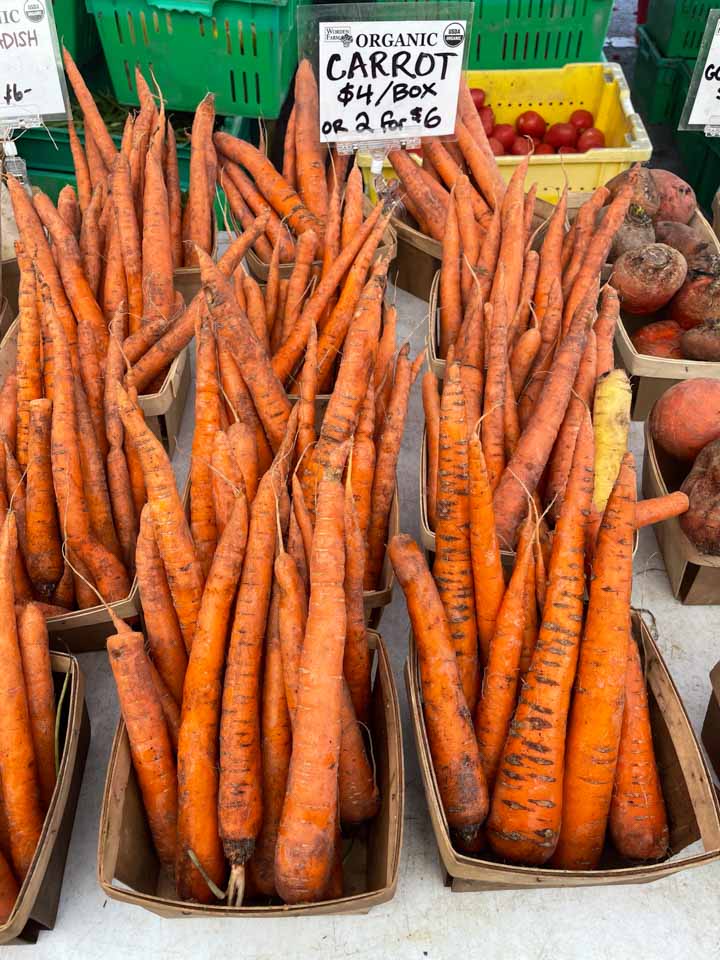
8 Tips for Eating Local During Winter
1. Stock up on cold storage crops
As the fall farmers market season winds down I’m a big fan of stocking up on hardier vegetables that have a long shelf life. Squash, carrots, sweet potatoes and radish are some of my top picks for cold storage.
I can easily keep root vegetables for two months in my fridge or pantry, then throw them into a stew, soup or roast during those colder months.
If you happen to have a root cellar or cold storage room in your home – great! I’m envious.
If not, that’s OK.
In lieu of a dedicated cold storage room, you can keep vegetables:
- In a drawer in your fridge
- On shelves in the garage (if it stays cold during winter)
- In your pantry
- In an unheated mudroom or any chill spot in your home
Best cold storage crops:
- Sweet potatoes
- Onion
- Carrots
- Winter squash
- Regular potatoes
- Radish
- Tart apples
2. Ferment End of Season Crops
Fermenting isn’t just a trend; it’s an age-old method of preserving food for the winter months. Imagine transforming cabbage into tangy sauerkraut, or cucumbers into crunchy pickles. These treasures not only retain their flavors, but also boost their nutritional value through fermentation.
And fermenting food is pretty easy. You take your cabbage, carrots, or whatever you’ve got, throw in some love, salt and time. Then you’ve got these jars of tangy, probiotic-packed treats.
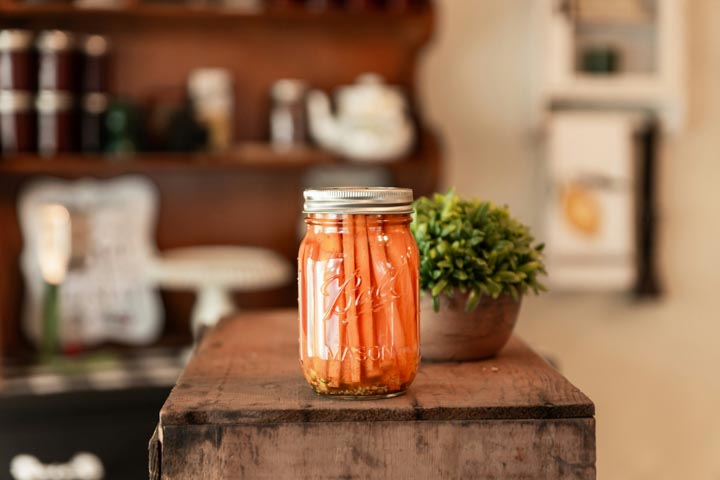
And those good bacteria in fermented foods, they’re like little soldiers for your gut health. It’s not rocket science; it’s just letting nature do its thing while you reap the rewards! Who doesn’t want a jar of homemade goodness waiting in the fridge when the snow starts falling?
To get you started, here are some of my favorite veggies to ferment (links go to recipes):
- Carrots
- Green Beans
- Okra
- Cabbage (aka sauerkraut)
3. Eat More Mushrooms
Local farmers markets might be a bit frosty, but mushrooms? They’re a great way to eat local in the winter season.
Mushrooms aren’t just tasty; they pack a nutritional punch with vitamins and minerals, offering real value for your meals. Toss them into a cozy stew or a sizzling stir-fry for a hint of that local freshness, even when the weather outside is frightful.
As edible mushrooms are gaining popularity, local growers are cropping up all over. I recommend doing an online search for “mushroom farm near me”. Or, you can buy your own mushroom growing kit and grow fresh mushrooms indoors all winter.
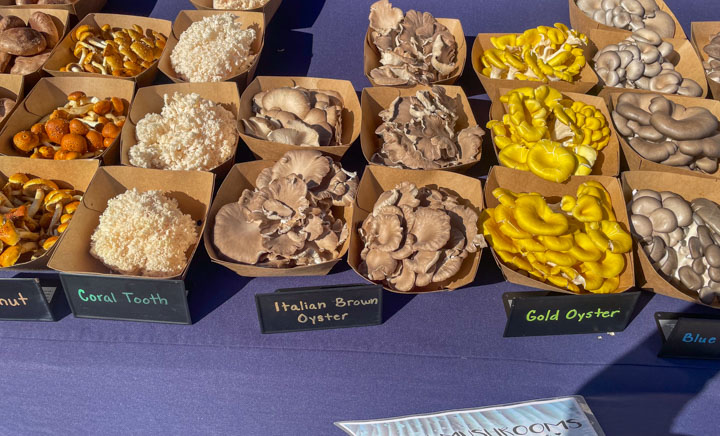
A great place to get connected with a local mushroom farm is at the summer farmers market. Many of these continue to produce all year round.
My favorite mushrooms for eating are:
- Pioppino mushrooms (try my pan-fried pioppino mushroom recipe)
- Oyster mushrooms
- Portobello
- Chanterelles
- Cremini
Other healthy mushrooms that are commonly found at local farms include chestnut mushrooms and lions mane.
4. Try canning (or buy from someone who does)
Canning and pickling are heroes of food preservation. Even our ancestors knew it.
An afternoon in the kitchen and your favorite farmers market finds can be sealed in a jar to enjoy even when the snow’s piling up.
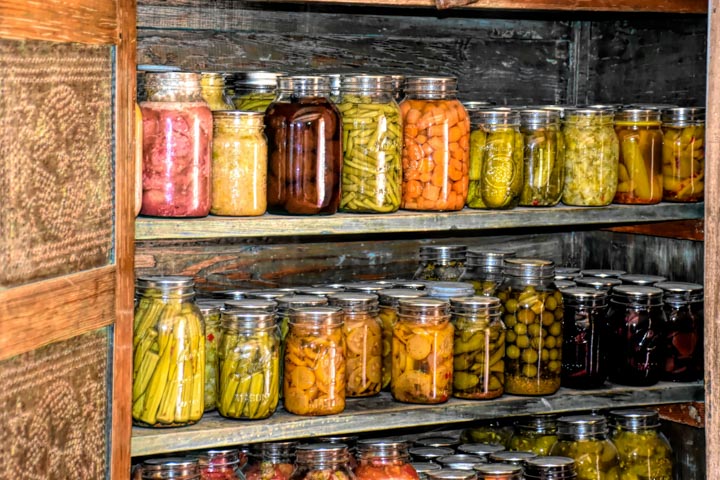
Or, if you’re not up to canning your own food you can buy from someone in your community who has already done the work for you. Just be sure to ask where their ingredients were sourced. If these are canned grocery store veggies, you’re no longer eating local.
In my experience – winter markets, flea markets and small local grocers are prime locations to find mason jars filled with preserved foods. And when you pop open that jar in the dead of winter, it’s not just food—it’s a reminder of the local love you’re preserving, one jar at a time.
5. Join a winter CSA
CSA stands for Community Supported Agriculture. It’s a set up that enables individuals or families to buy shares or memberships directly from local farms. These shares entitle members to receive a portion of the farm’s produce regularly throughout the growing season. It’s like a subscription box of freshly harvested goodness straight from the farm!
You might be surprised to find a winter CSA near you. Joining one is a way your family can both support small local farms AND enjoy seasonal produce grown near you.
If you’re wondering how it’s even possible to grow crops during winter – winter CSAs are often run by farms that grow using greenhouses and hydroponics. This enables them to produce crops year round by growing in a controlled environment that’s protected from the elements.
Run an online search for “winter csa near me” or try localharvest.org
6. Eat local meat and eggs
No matter the season, you can eat local meat. Winter is a great time to enjoy those dishes that are meat heavy such as beef stew, chicken pot pie and whole roasted chicken. And bonus, they pair with all those hardier root veggies that keep for months in the fridge or cold storage.
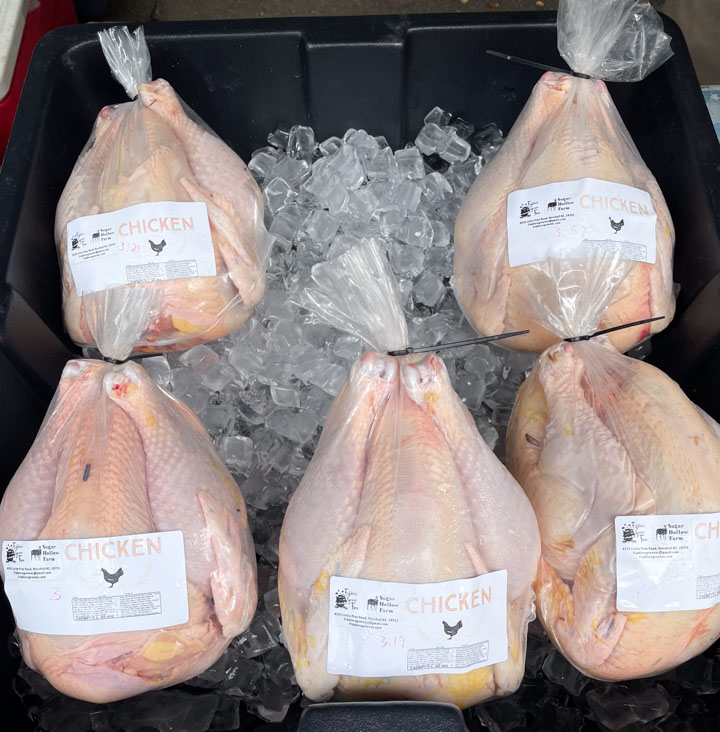
And what about those local hens…though egg production may slow down when the temperatures dip, they are still laying eggs. I laid out some tips for how to buy local eggs that will help you find small farms near you that sells eggs.
7. Grow your own microgreens
Did you know you can grow your own microgreens indoors year round? Microgreen growing kits make it extra easy to grown this nutrient powerhouse even during the middle of winter.
Microgreens are a perfect salad topping, can be sprinkled over cooked meat or enjoyed alongside just about any meal.
8. Shop a local co-op
If you’re lucky enough to have a local co-op near you, it’s a treasure trove of regional food. If you’re interested in organic produce and local ingredients I highly recommend checking out your co-op. Local options will be slimmer during winter, but it is worth stopping by.
Small food co-ops are dedicated to supporting local farms and the local economy. So that’s something you have in common. 🙂 And FYI, co-ops are a good place to find local products any time of the year. If it’s not convenient to get to a farmers market I do recommend co-ops.
Final Thoughts on Eating Local in Winter
Embracing a local winter diet is not only possible, but also rewarding. While farmers markets may close for the season, there are other ways to continue enjoying food from local producers.
I hope you feel inspired to try some of these ideas during the cold season this year. And before you know it, the ground will thaw and a whole new bounty of local goodness will crop up.
Have any ideas for eating local in winter that I missed? Please do post a comment below. I may integrate your ideas into a future update of this list.

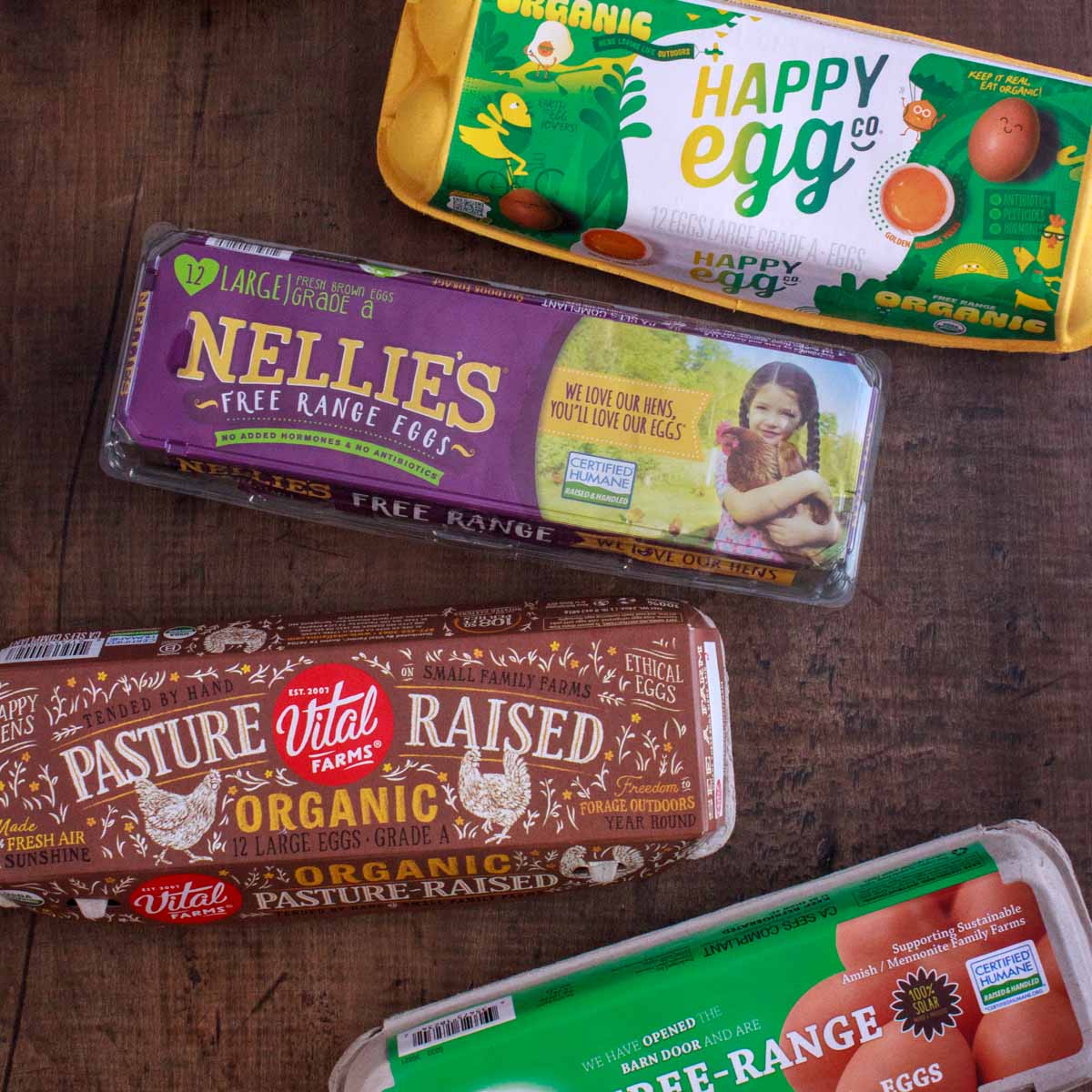
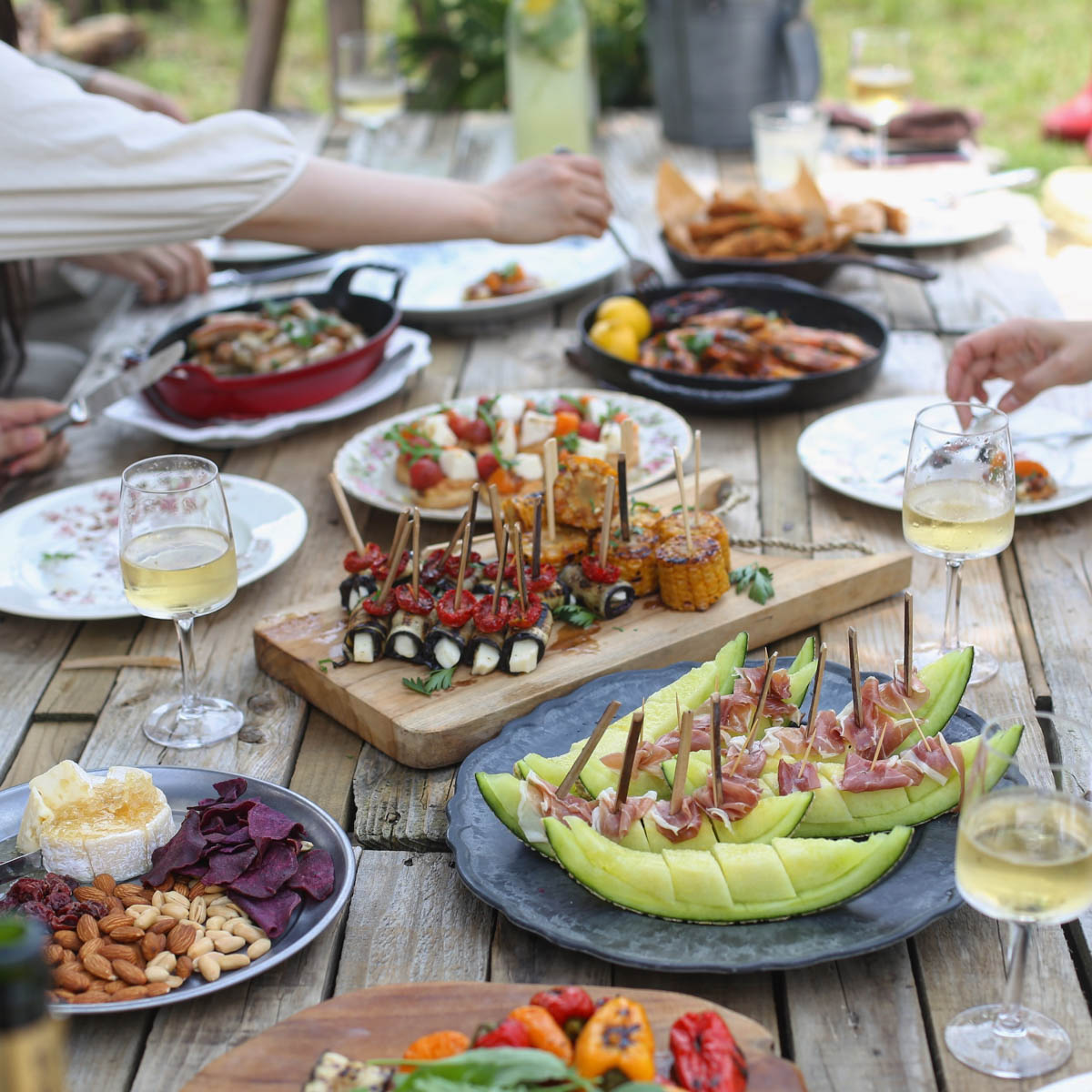
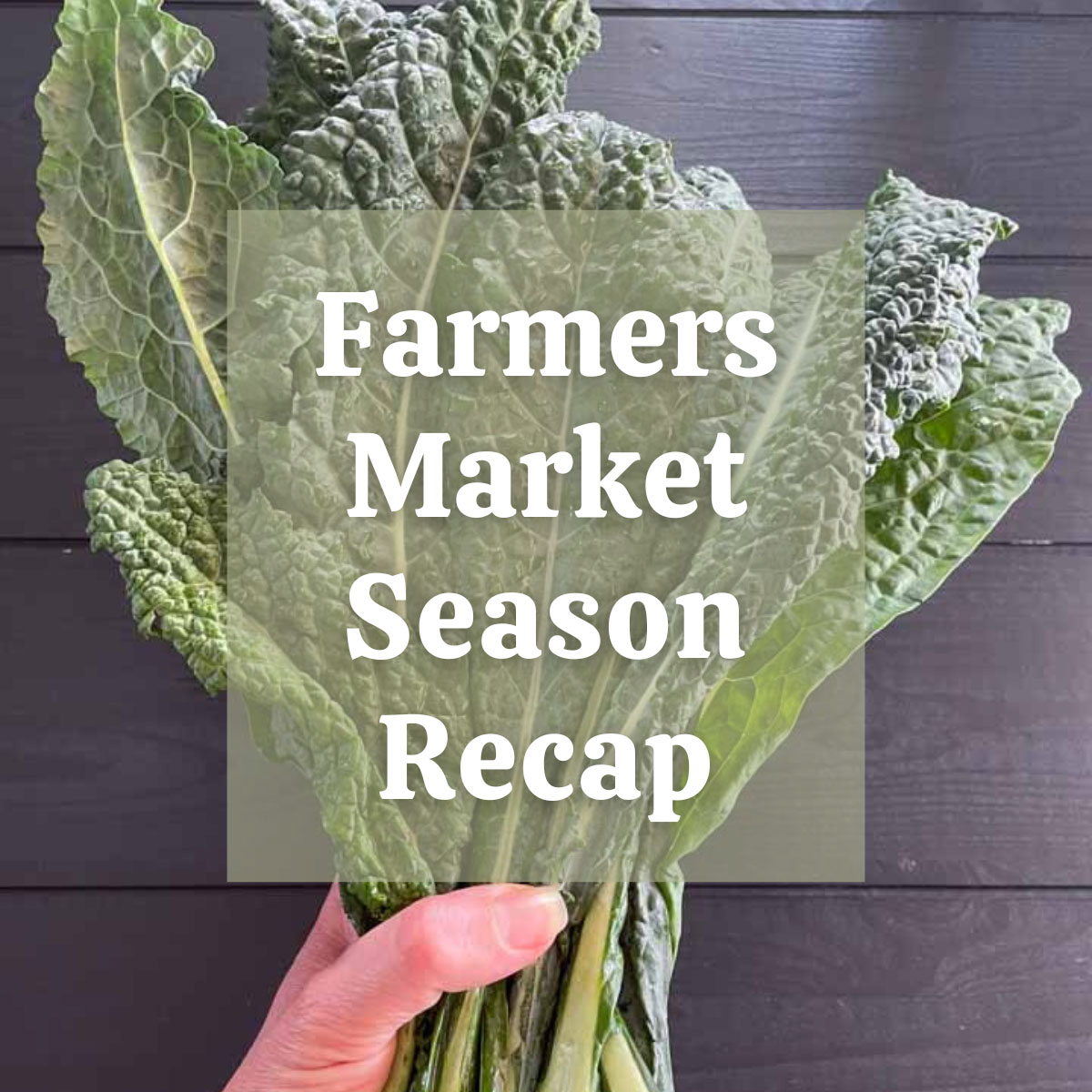


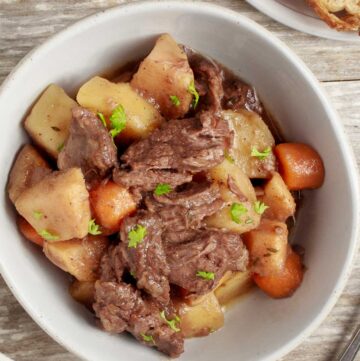

Leave a Reply